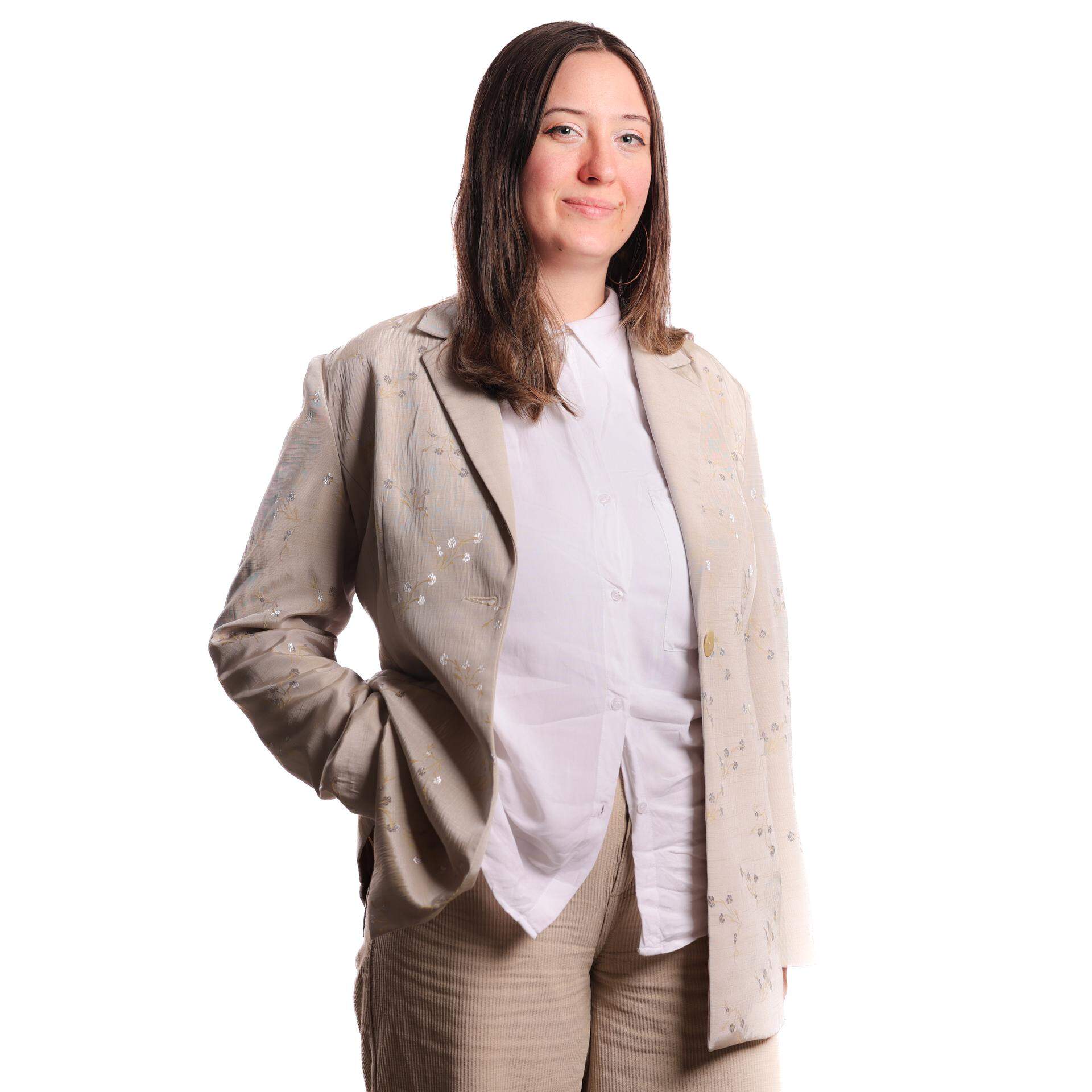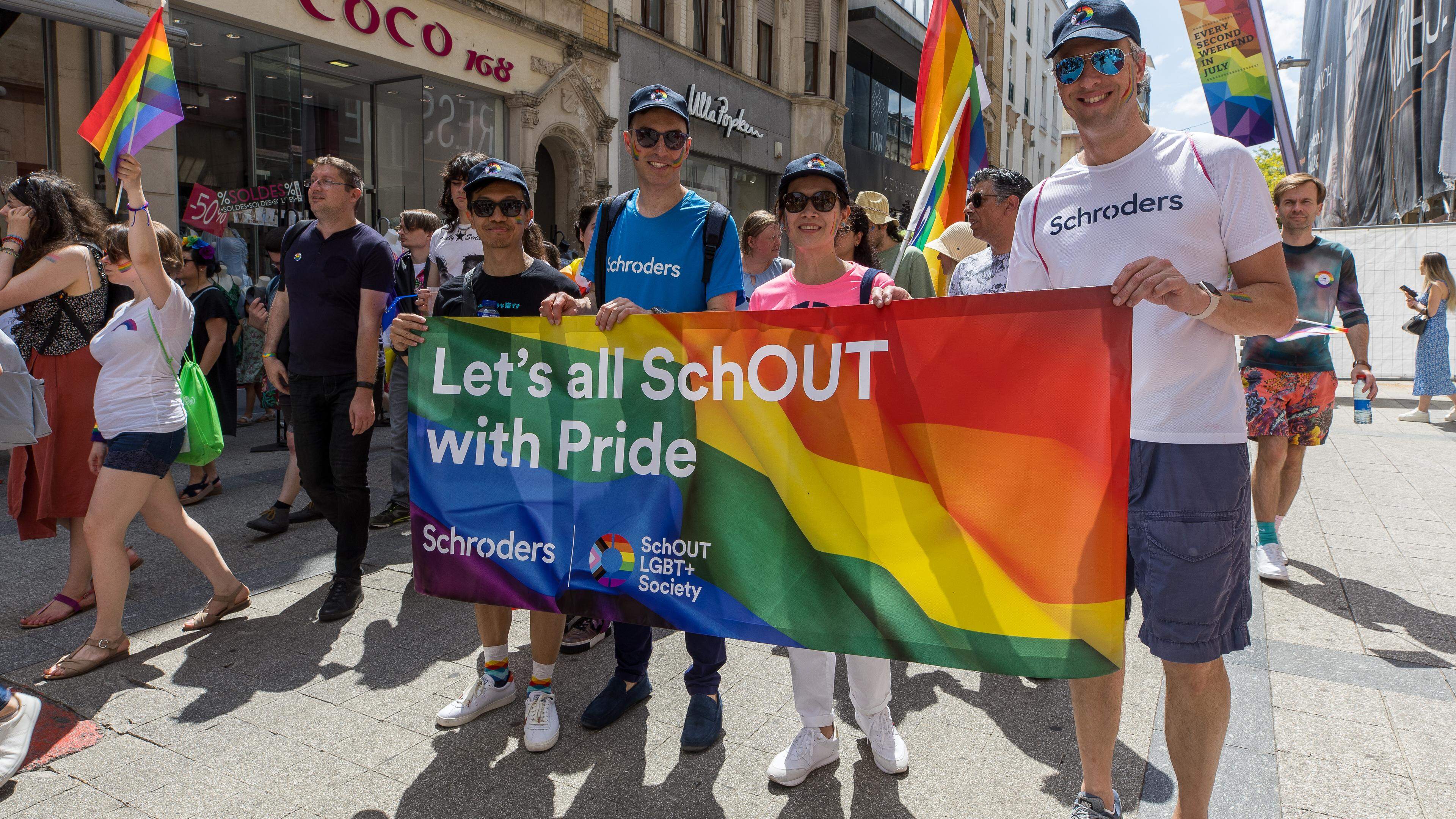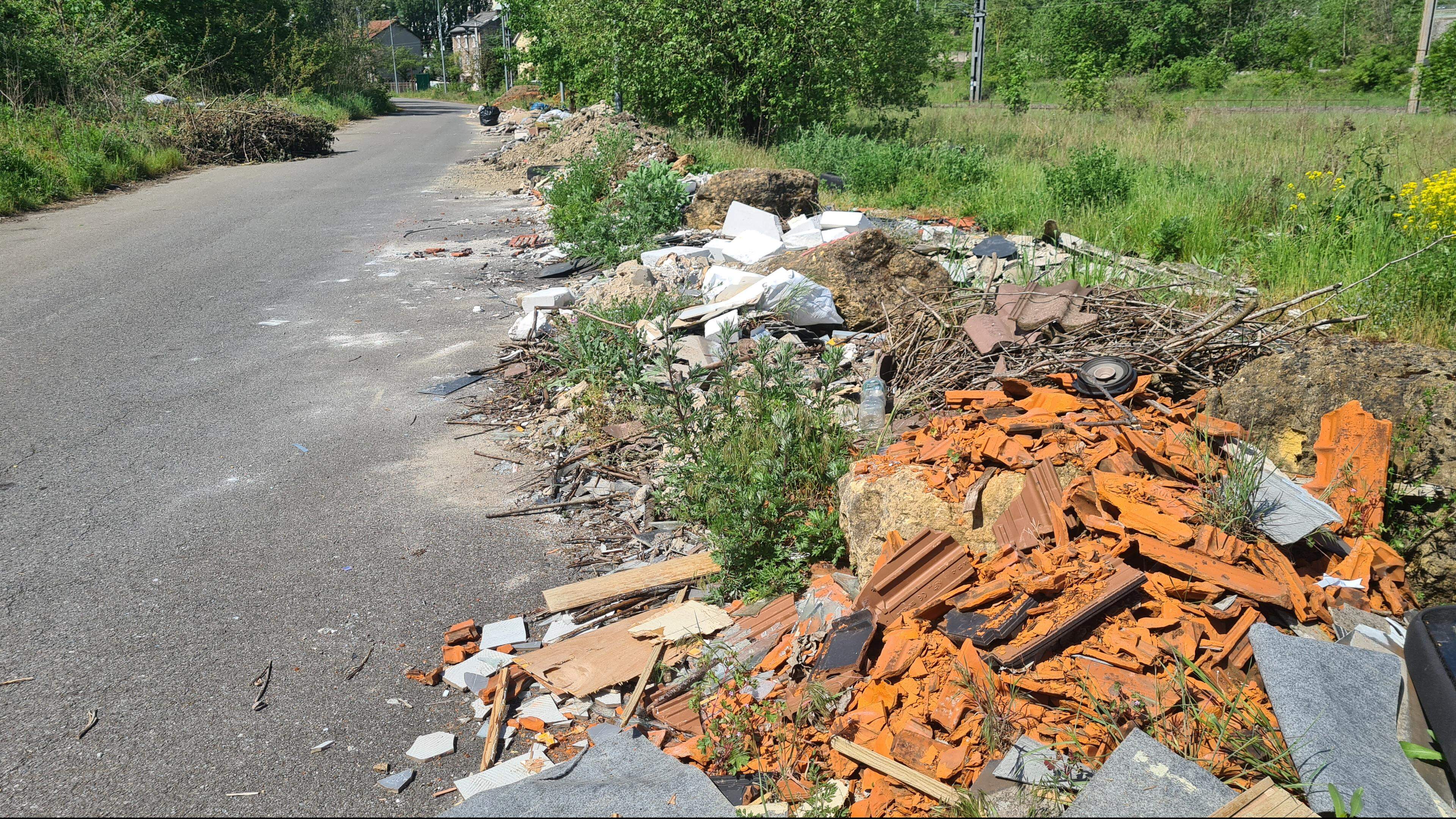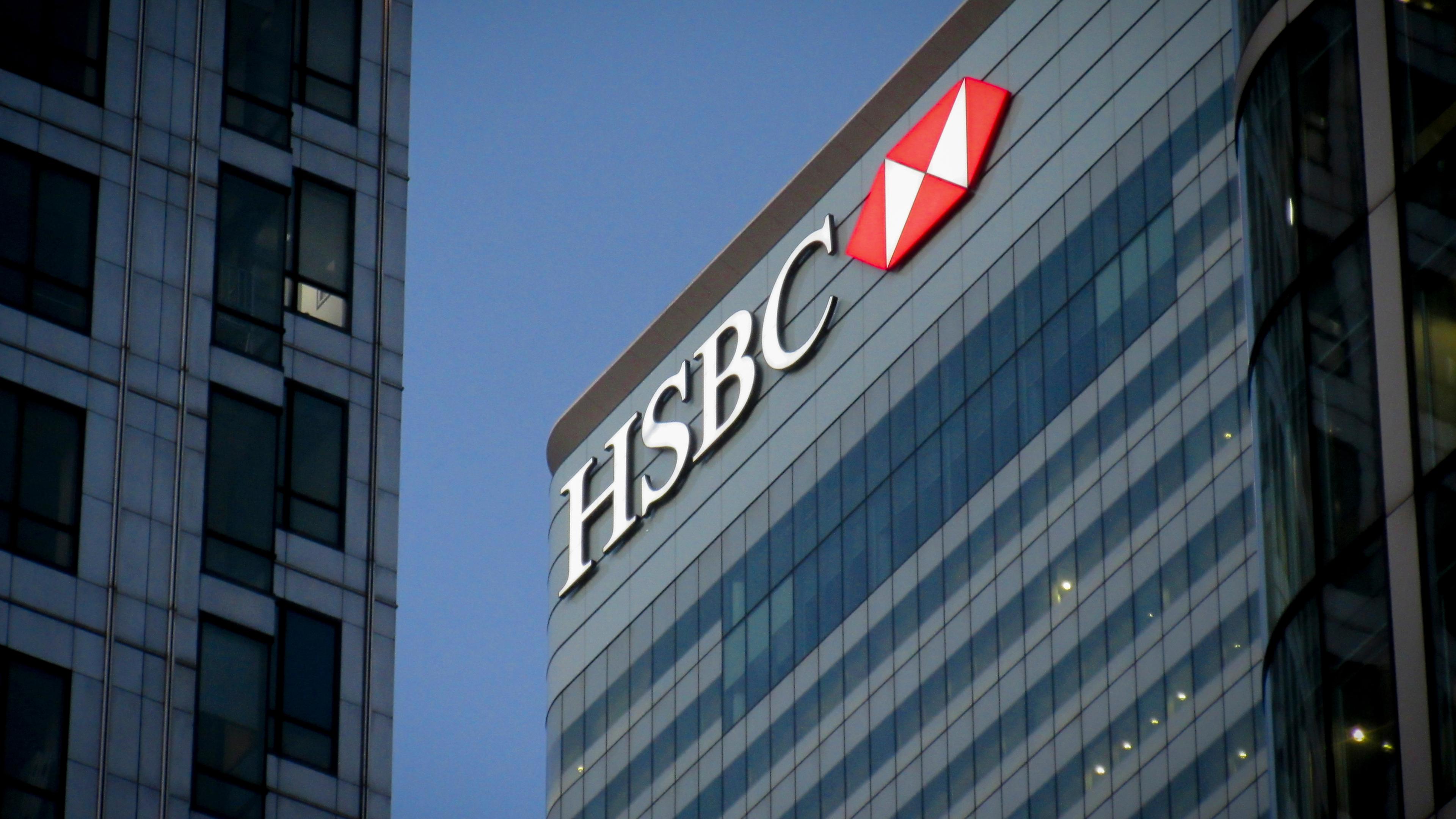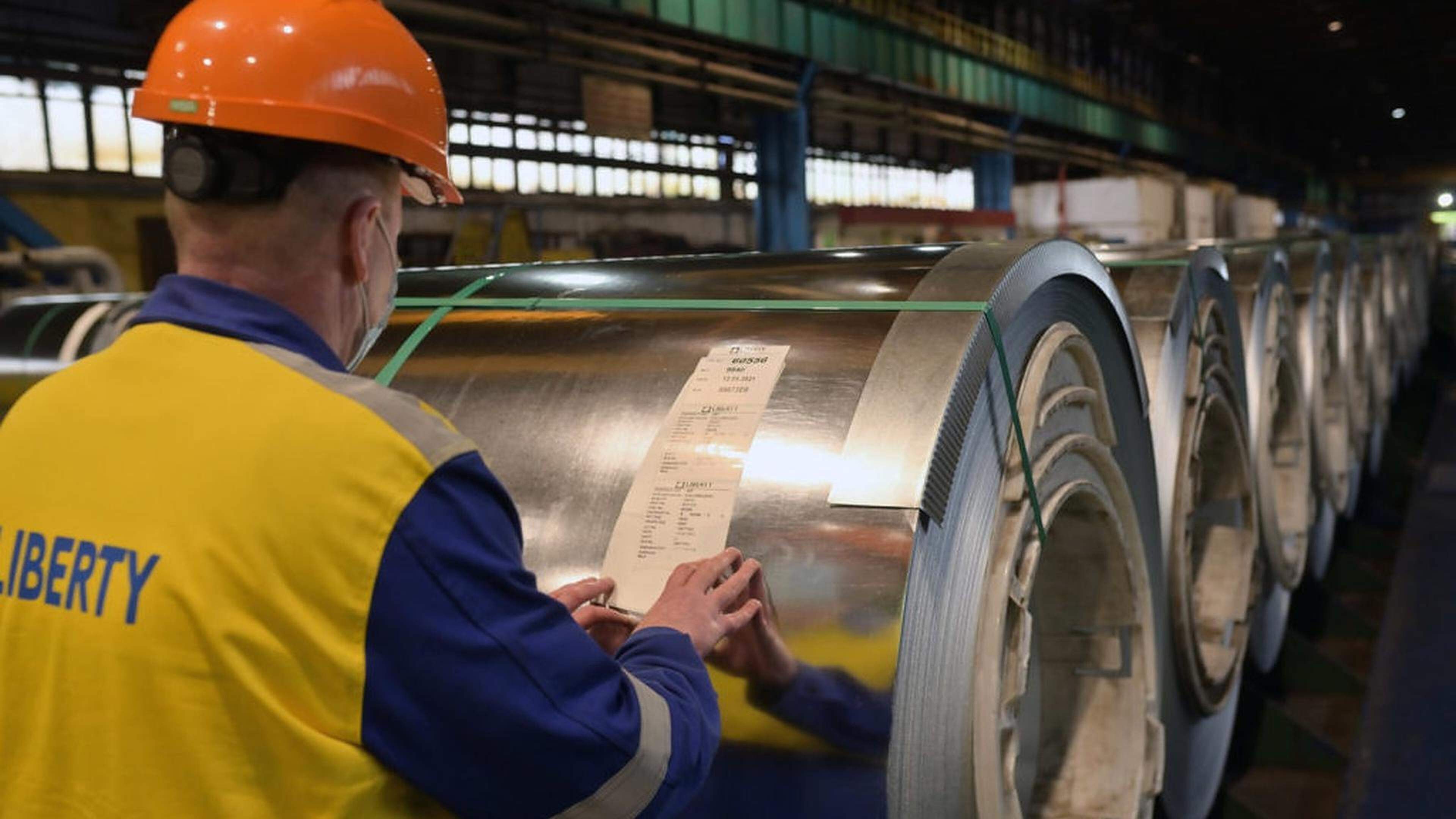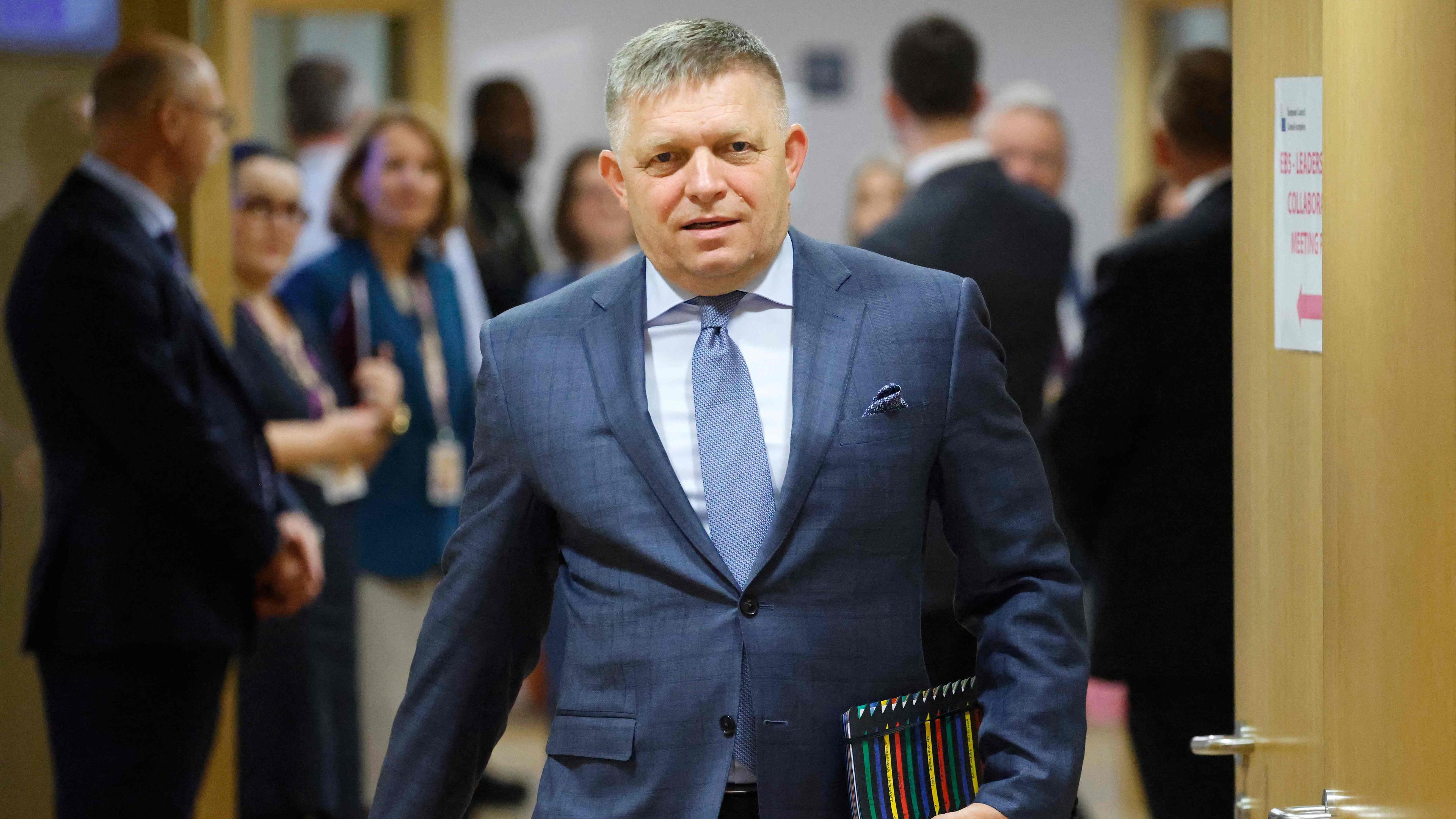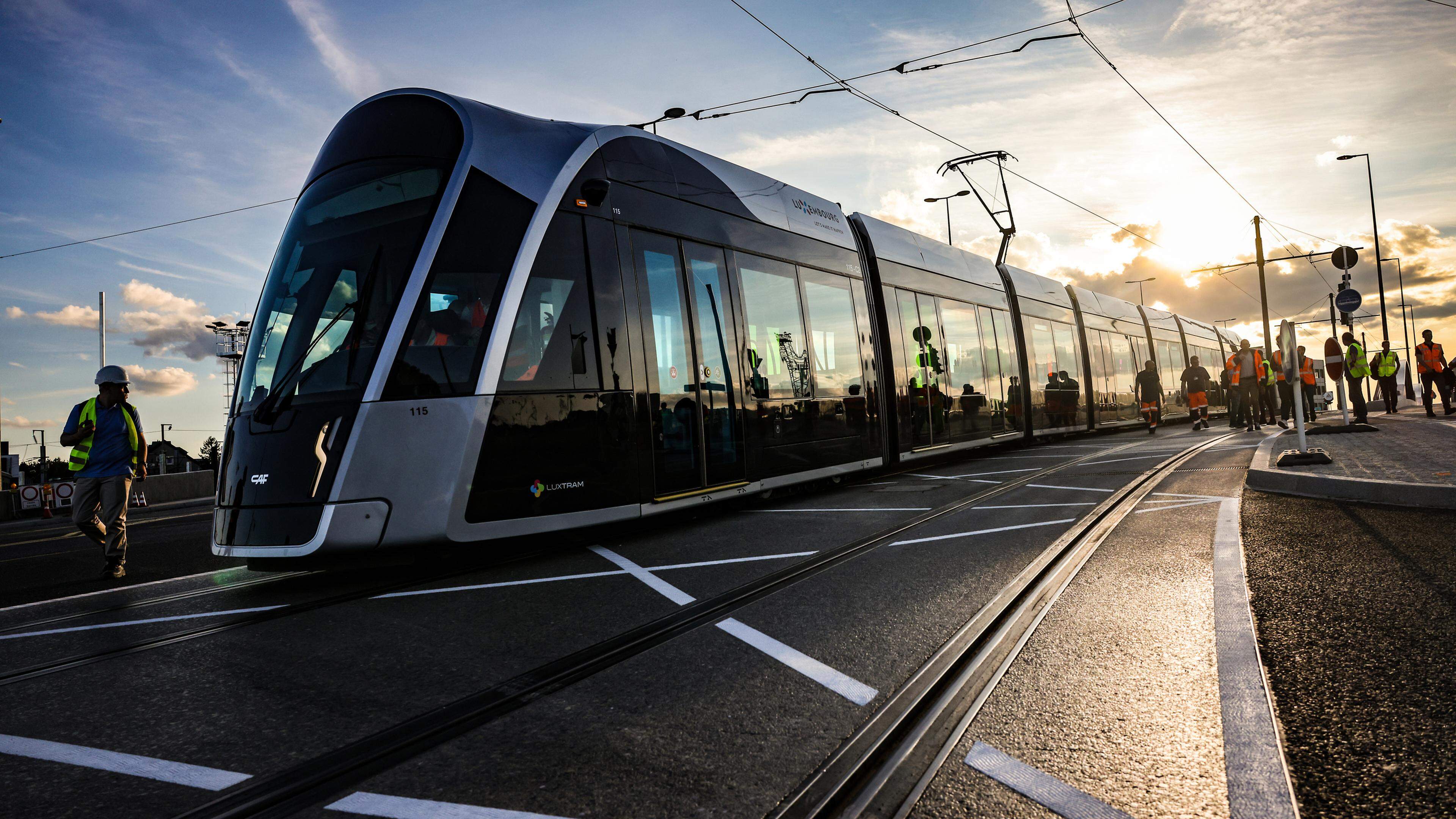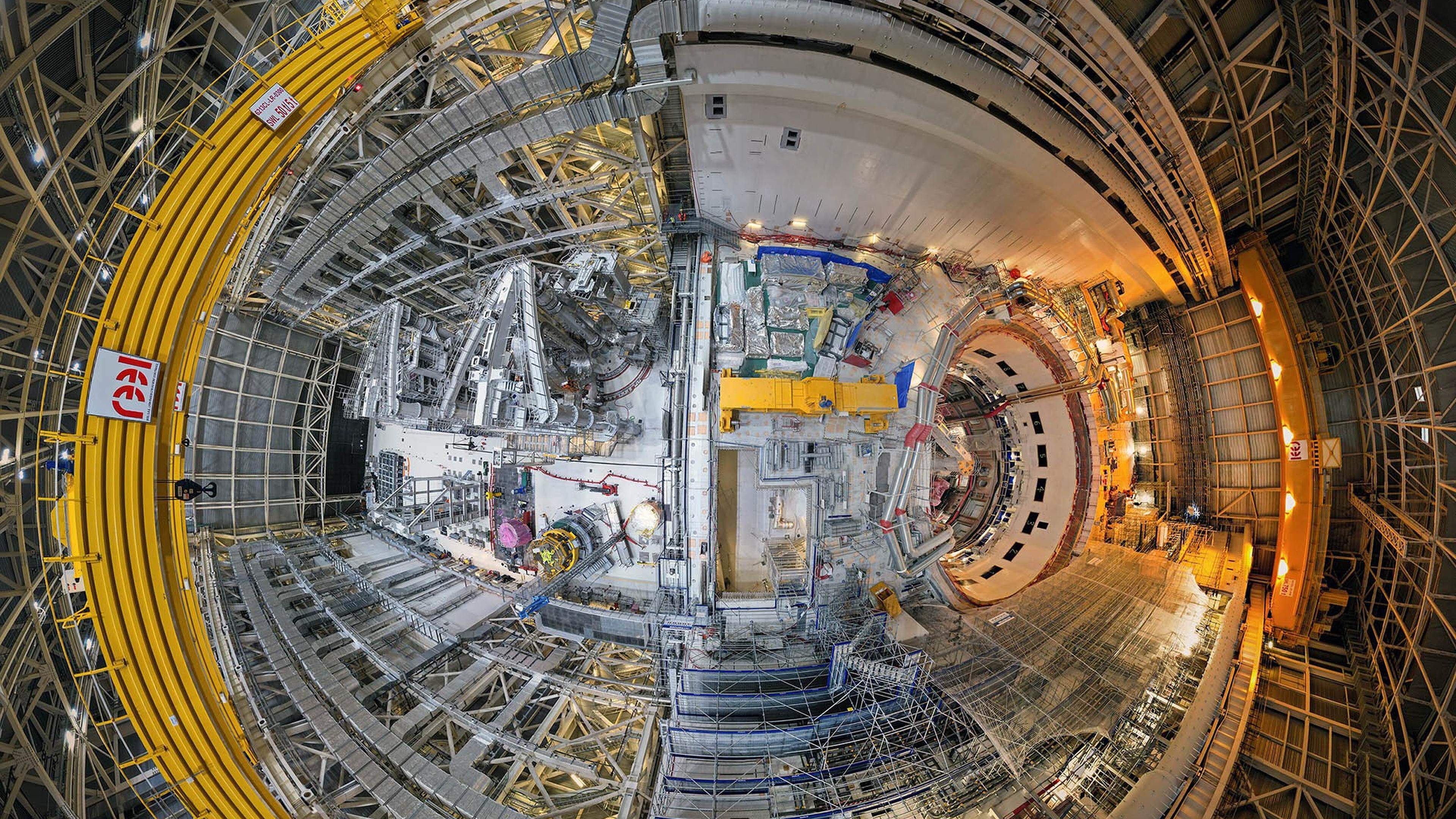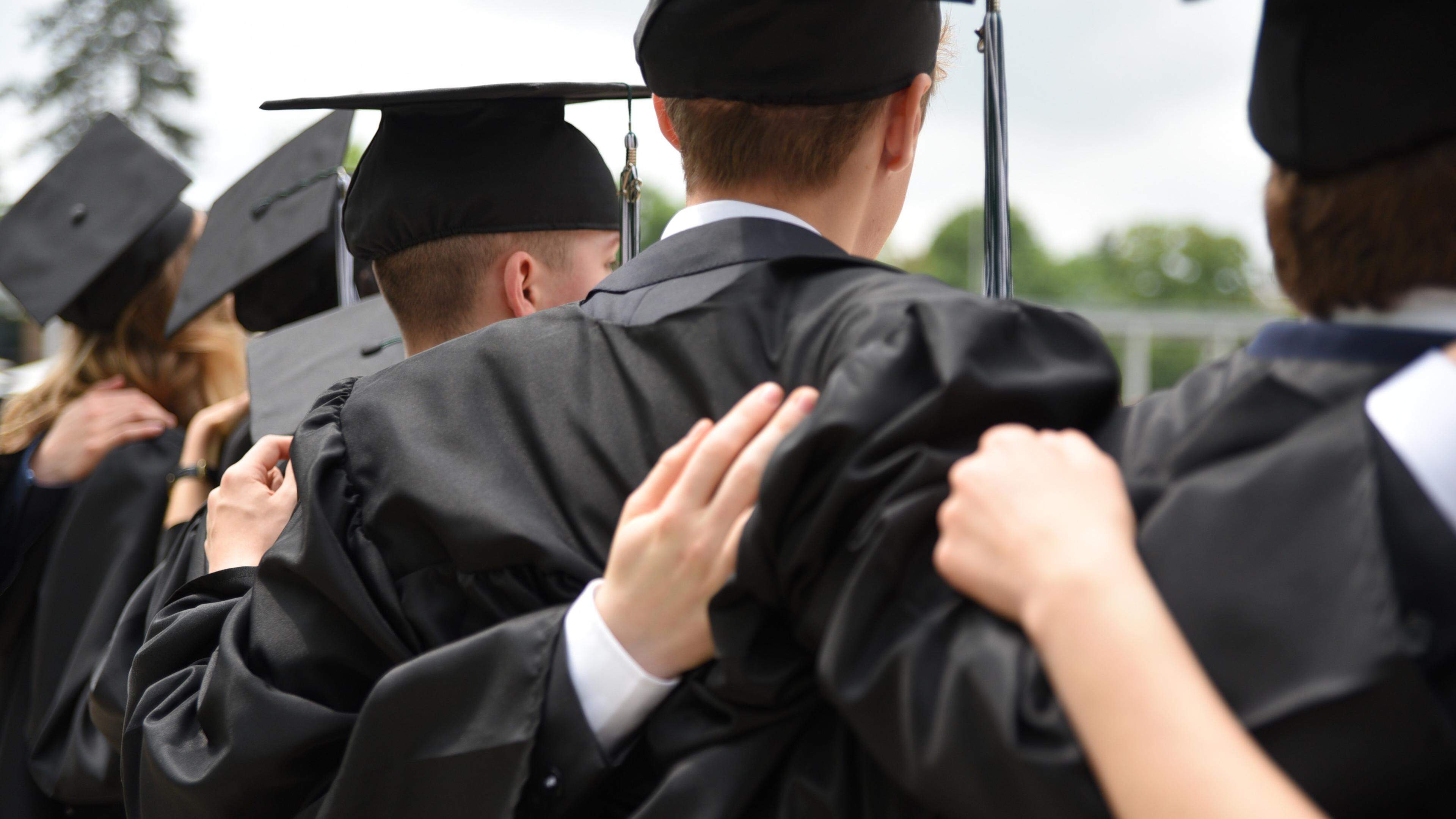Unveiling Lebanese history: Tabet’s blue-hued artistry
Discover how Rayyane Tabet’s evocative art prompts a re-evaluation of Arab experiences while confronting the silencing of voices in a shifting cultural landscape
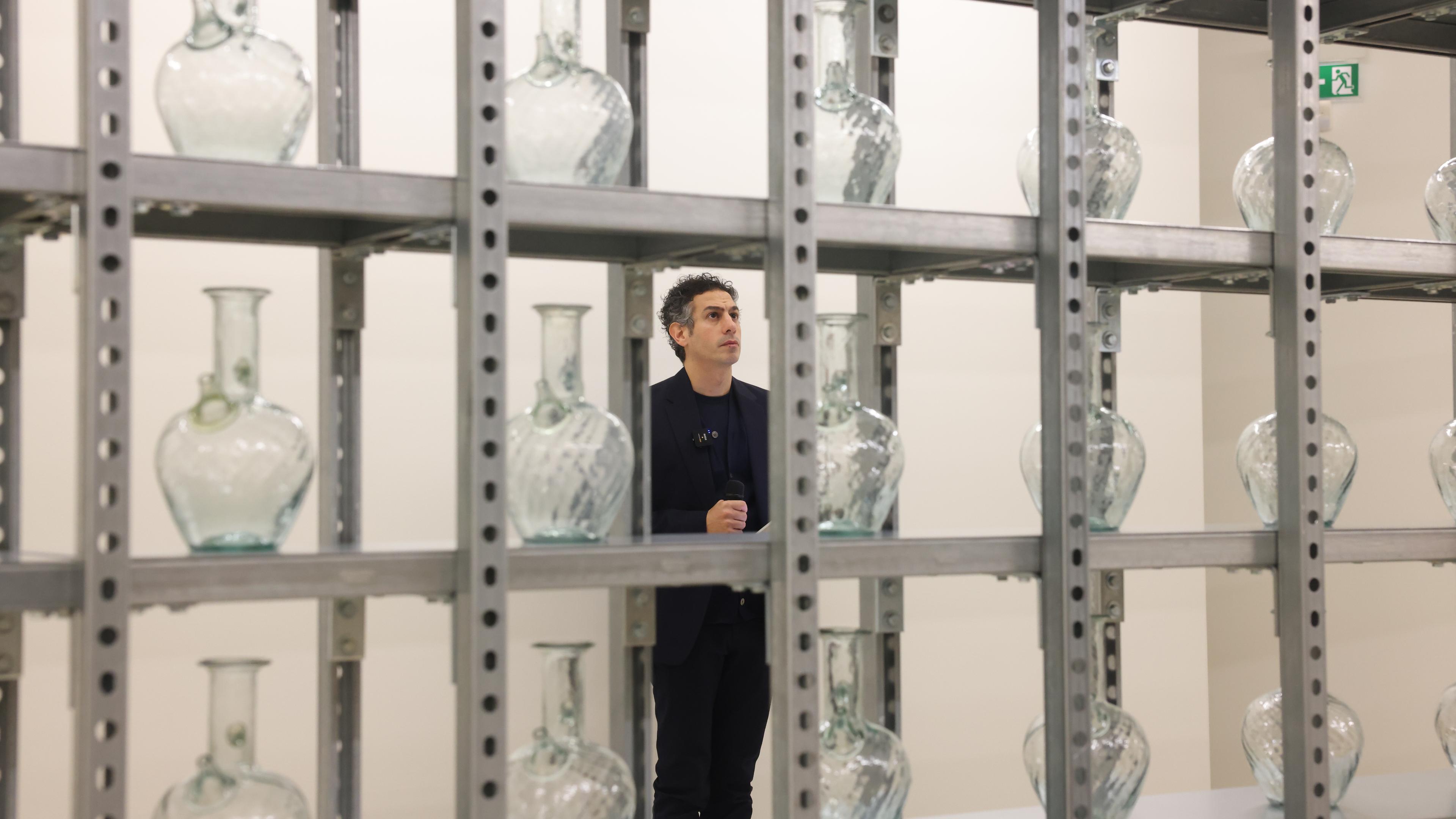
Rayyane Tabet, a Lebanese contemporary artist originally trained as an architect, pushes the boundaries of detail and personal history in his work to a whole new level. His three-part installation at Mudam, inspired by profoundly significant personal experiences, intricately weaves in the stories of his parents and grandparents.
Titled A Model, the exhibition elevates his family’s culture and identity alongside that of renowned global creatives, a deliberate and purposeful intent expressed by Tabet himself.
“To understand our current position and possibly envision something different, we must confront ourselves and our history head-on. My stance has always been rooted in this perspective. From the moment of birth, we view the world through our own lens, and wherever we go, our perceptions are coloured by our origins, influencing our presence in these spaces,” said Tabet in an interview.
“Though conceived a year and a half ago, this project appears to resonate with the present moment,” he said. “This is not just about the current events; it spans over 75 years in the case of Palestine and goes back hundreds, if not thousands, of years - histories marked by dispossession, colonisation, and a disregard for certain human lives over others.”
Shattered glass of the Beirut blast
Tabet experienced the devastating Beirut blast of August 2020, a moment forever etched in Lebanese history and that makes him see “potential destruction” even in spaces that seem secure.
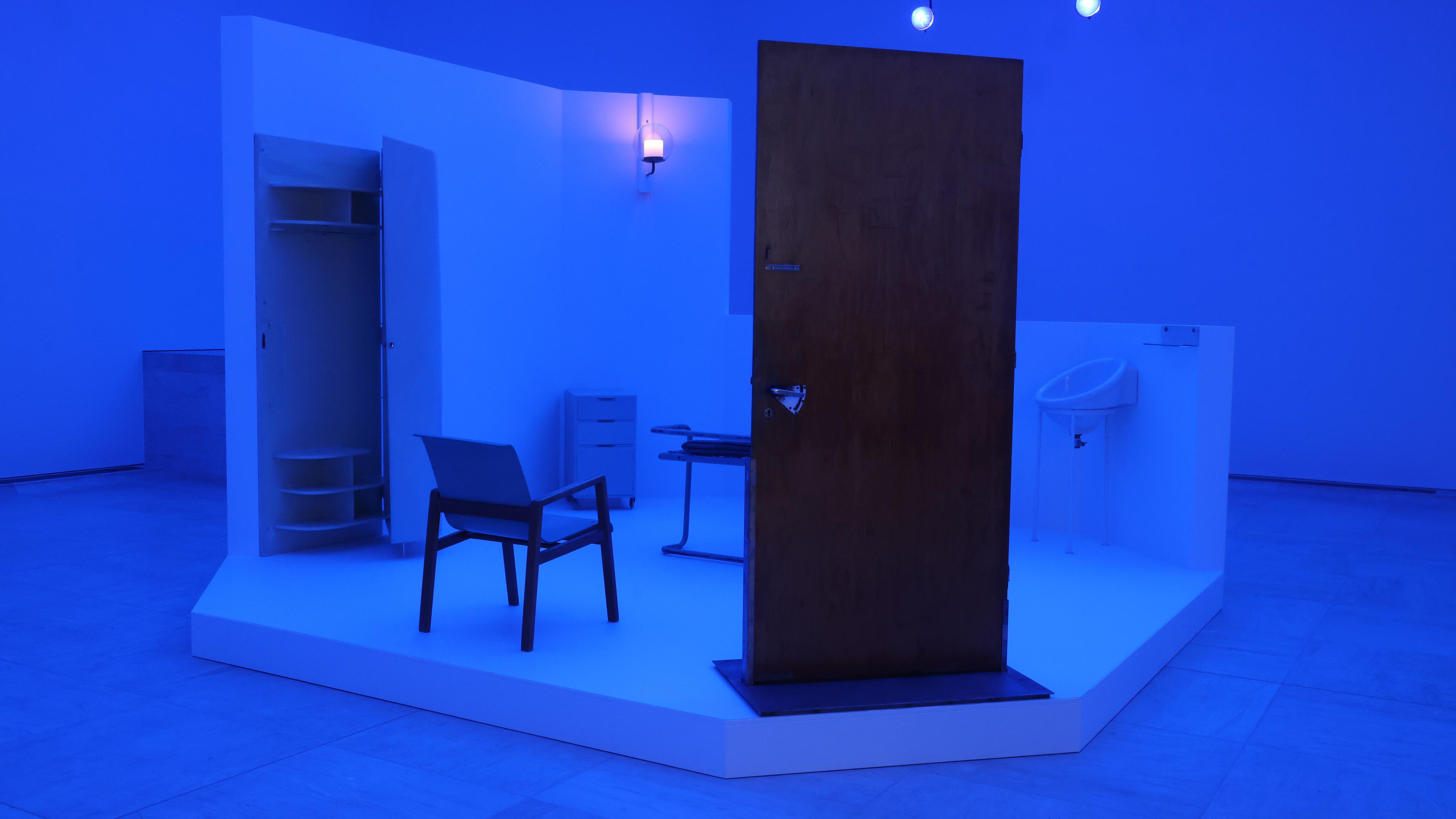
The artist’s central use of glass, whether veiled by a ghostly white curtain at the entrance, tinted blue windows shining on a sanatorium of the 1930s in the second part, or a structure crafted from 200 traditional Lebanese water jugs made of explosion-shattered glass, evokes vivid recollections for those who endured that fateful day, including myself.
The streets of Beirut were blanketed in glass, a haunting sight. I recall trekking through the shattered cityscape day after day, helping clean up and support our people. This was left solely to civilians, as Lebanese politicians remained sheltered in their mansions, oblivious to the suffering just outside their windows.
A diminishing space
As a neighbour of the Gaza Strip, Lebanon’s history has been closely intertwined with the fate of Palestinians and the region, which is reflected in Tabet’s work.
Arab creatives face new censorship, as artists expressing solidarity towards Palestinians are losing awards, funding, jobs, and exhibition spaces in Europe and the US, according to the Middle East Eye news site. More than 1,300 artists and cultural figures – among them Academy Award winner Olivia Colman – in November signed an open letter denouncing arts institutions for stifling Palestinian voices.
His exhibition might have faced a more uncertain future in countries like Germany or France, Tabet said, thanking Mudam for giving space to his work.
Seeing your surroundings differently
At least 15,000 people have been killed in Israel’s attacks on the Gaza Strip since 7 October, of which almost half are children, according to the Hamas-run health ministry.
The latest outbreak of war in Gaza, is just one instance in a long history of Arab suffering, of violence and dehumanization, Tabet said, accusing Israel of genocide against the Palestinian people and citing its impact on Arab consciousness.
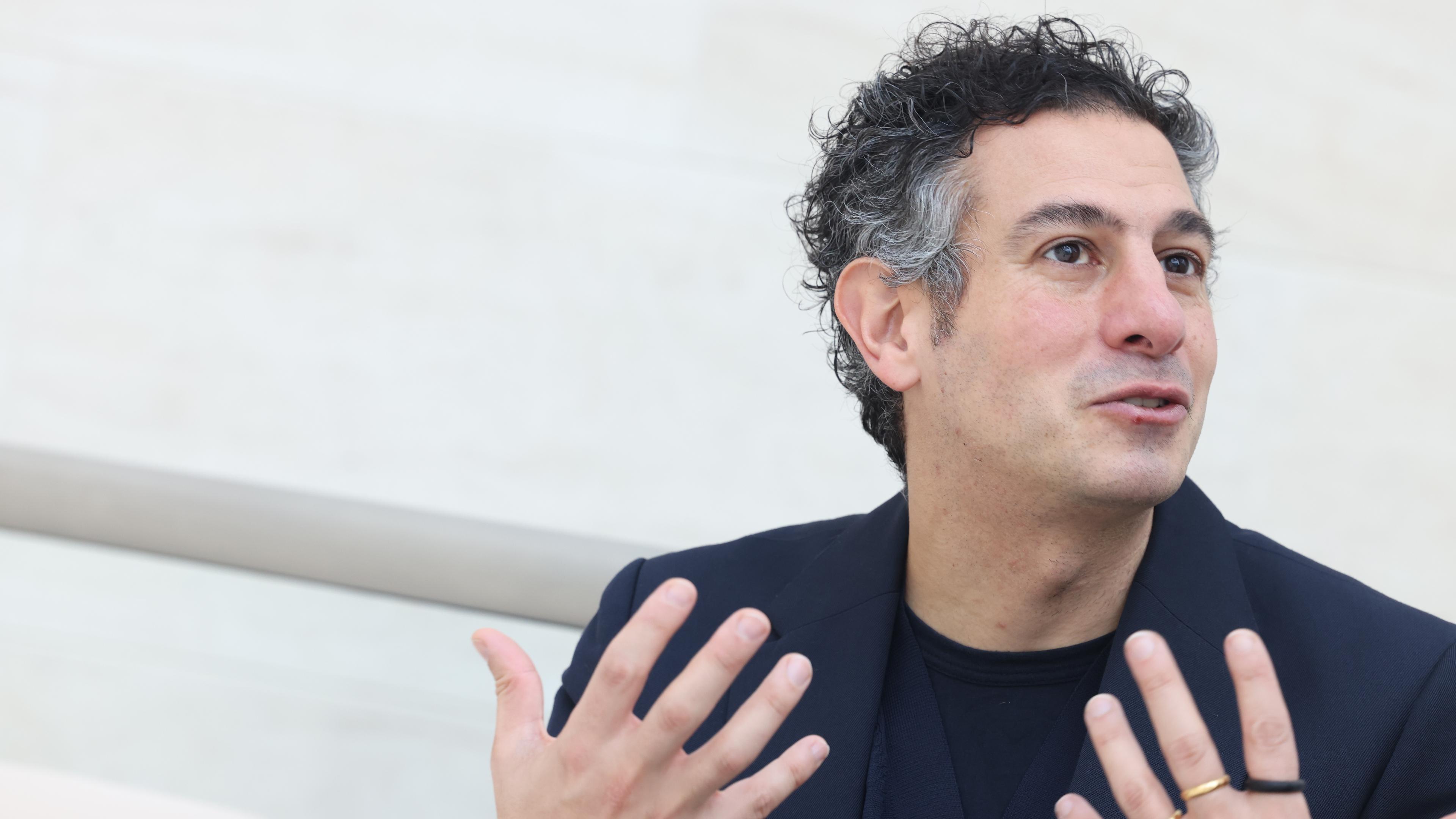
“My identity transcends my physical presence; it confronts how I perceive the world. I consider it a form of mediation, not just ‘if you knew what I went through, you’d understand’, but an effort to compel people to see their surroundings differently. While subtle, the work aims to transform perspectives and consciousness,” said Tabet.
Tabet’s installations challenge the notion that only Westerners have the authority to interpret Arab experiences. His juxtaposition of critical moments in Arab and Lebanese history offers a different lens, allowing visitors to glimpse the world through the other’s eyes - an essential shift in a time when Arab diasporic communities grapple with adapting to life within a Western-centric world.
The exhibition continues at Mudam until 12 May 2024.
